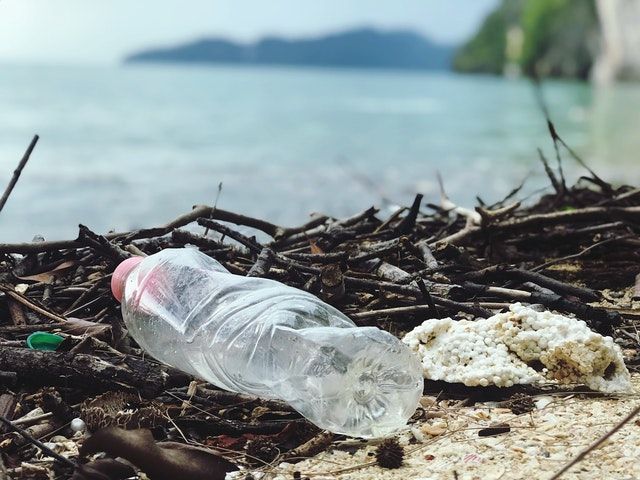Introduction

Shivam Tyagi www.Pexels.com
There are three main ways the plastic we use every day ends up in the oceans and washed into beaches
Throwing plastic in the bin when it could be recycled - Plastic you put in the bin ends up in landfill. When rubbish is being transported to landfill, plastic is often blown away because it’s so lightweight. From there, it can eventually clutter around drains and enter rivers and the sea this way.
Littering - Litter dropped on the street doesn’t stay there. Rainwater and wind carries plastic waste into streams and rivers, and through drains. Drains lead to the ocean! Careless and improper waste disposal is also a big contributor – illegal dumping of waste adds greatly to the plastic surge in our seas.
Products that go down the drain - Many of the products we use daily are flushed down toilets, including wet wipes, cotton buds and sanitary products. Microfibers are even released into waterways when we wash our clothes in the washing machine. They are too small to be filtered out by waste water plants and end up being consumed by small marine species, eventually even ending up in our food chain.
Task

Catherine Sheila www.Pexels.com
Plastic is all around us. Some types of plastic are accepted in kerbside collections offered by local councils and municipalities. However, other types are more difficult to find a standard, local solution for and this is due to a number of reasons, including complexity, size, high collection costs, or lack of value in the council/muncialty recycling system.
Your task is an entrepreneur you wish to use some of the plastic that is found in beach clean up to make other products. You can only use a certain type of rigid beach plastic.
All rigid beach plastics are accepted. "Beach" plastics are defined as any rigid plastics found along any shoreline (i.e. rivers, beaches, bays, lakes). An easy way to communicate "rigid" plastics to collectors is anything that you can't tie in a knot.
Tip to know if it is rigid plastic: If you cannot tie a knot with your plastic, then it is rigid.
Not accepted: Soft or flexible plastics like nylon rope, fishing nets, and plastic bags are not usable for recycling.
Process
You are advised to watch the video in the resources section and also look through some of the website links provided. The information included will help you start thinking about the whole recycling process and what you can potentially use the plastic you collect.
In the resources section under documents there is a Process document, this will give you the instructions on how to collect your rigid beach plastic and what the next steps are once you collect them.
Conclusion
Without recycling programmes, the plastics found on beaches and oceans would ultimately end up in landfill or as litter in the environment. Thanks to entrepreneurs like you, speacialist recycling projects are able to collect, sort and recycle the products and packaging into materials which can be used to create new products! Together we’ve proven it is possible to recycle, upcycle, or reuse nearly everything.
Learning Outcomes
- 1.1) I can explain what makes an opportunity to create value.
- 1.10) I can develop (alone or with others) an inspiring vision for the future that involves others.
- 1.16) I can identify practices that are not sustainable and their implications for the environment.
- 2.1) I can commit to fulfilling my needs, wants, interests and goals.
- 2.11) I can discuss the principles of circular economy and resource efficiency.
- 3.4) I can describe my goals for the future in line with my strengths, ambitions, interests and achievements.
- 3.17) I can contribute to group decision-making constructively.
- 3.21) I can reflect on my interaction with others (including peers and mentors) and learn from it.











